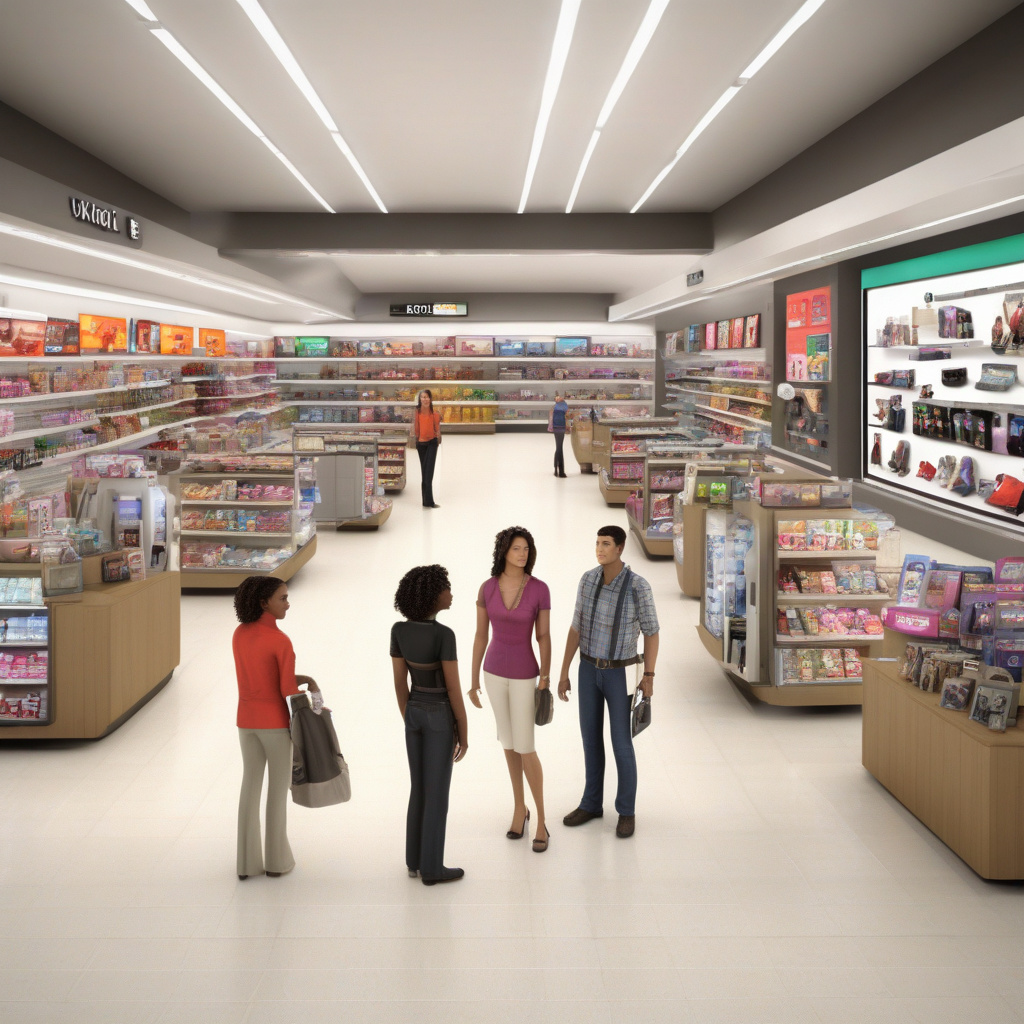In the realm of retail, the battle against crime is a constant struggle. Recent data from England and Wales paint a concerning picture, showing a surge in shoplifting incidents to an all-time high, exceeding half a million reported offenses. In the face of this escalating challenge, technology emerges as a crucial ally in the fight against retail crime.
One of the key technological innovations making waves in this arena is the use of body-worn cameras. These devices, commonly associated with law enforcement, are finding a new purpose in retail settings. By equipping store personnel with body-worn cameras, retailers can enhance security measures, deter potential offenders, and gather valuable evidence in the event of criminal activities.
The implementation of body-worn cameras offers a multifaceted approach to combating retail crime. Firstly, the presence of these cameras acts as a visible deterrent to would-be shoplifters. Knowing that their actions are being recorded in real-time significantly reduces the likelihood of individuals engaging in criminal behavior. This proactive prevention mechanism alone can lead to a decrease in theft incidents, safeguarding the store’s assets and minimizing financial losses.
Moreover, in cases where shoplifting or other offenses do occur, body-worn cameras play a pivotal role in capturing crucial footage. This evidence can be instrumental in identifying suspects, aiding in investigations, and supporting legal proceedings. The high-quality video recordings provide clear documentation of events, offering a reliable account of what transpired and helping law enforcement authorities pursue necessary actions.
Beyond the immediate benefits of body-worn cameras, the realm of technology offers a myriad of additional tools and strategies to bolster retail security further. For instance, advancements in artificial intelligence (AI) have paved the way for sophisticated surveillance systems capable of recognizing suspicious behavior patterns. By harnessing AI-powered analytics, retailers can proactively flag potential threats, such as unusual movements or loitering, prompting timely intervention before a crime is committed.
Furthermore, the integration of biometric technologies like facial recognition holds promise in enhancing security measures within retail environments. By leveraging facial recognition systems, retailers can identify known offenders, issue alerts to security personnel, and prevent unauthorized individuals from entering the premises. This proactive approach not only safeguards against shoplifting but also fosters a safer and more secure shopping experience for customers and staff alike.
In conclusion, the surge in retail crime calls for a proactive and tech-driven response to safeguard businesses, employees, and customers. Body-worn cameras represent just the tip of the iceberg in leveraging technology to combat criminal activities in retail settings. By embracing a holistic approach that integrates cutting-edge solutions like AI-driven surveillance and biometric recognition, retailers can stay ahead of the curve in thwarting threats and upholding a secure shopping environment.
As the landscape of retail continues to evolve, the fusion of technology and security measures will undoubtedly play a pivotal role in mitigating risks and fortifying defenses against crime. By staying abreast of the latest innovations and adopting a proactive stance, retailers can navigate the challenges posed by retail crime with resilience and confidence.

